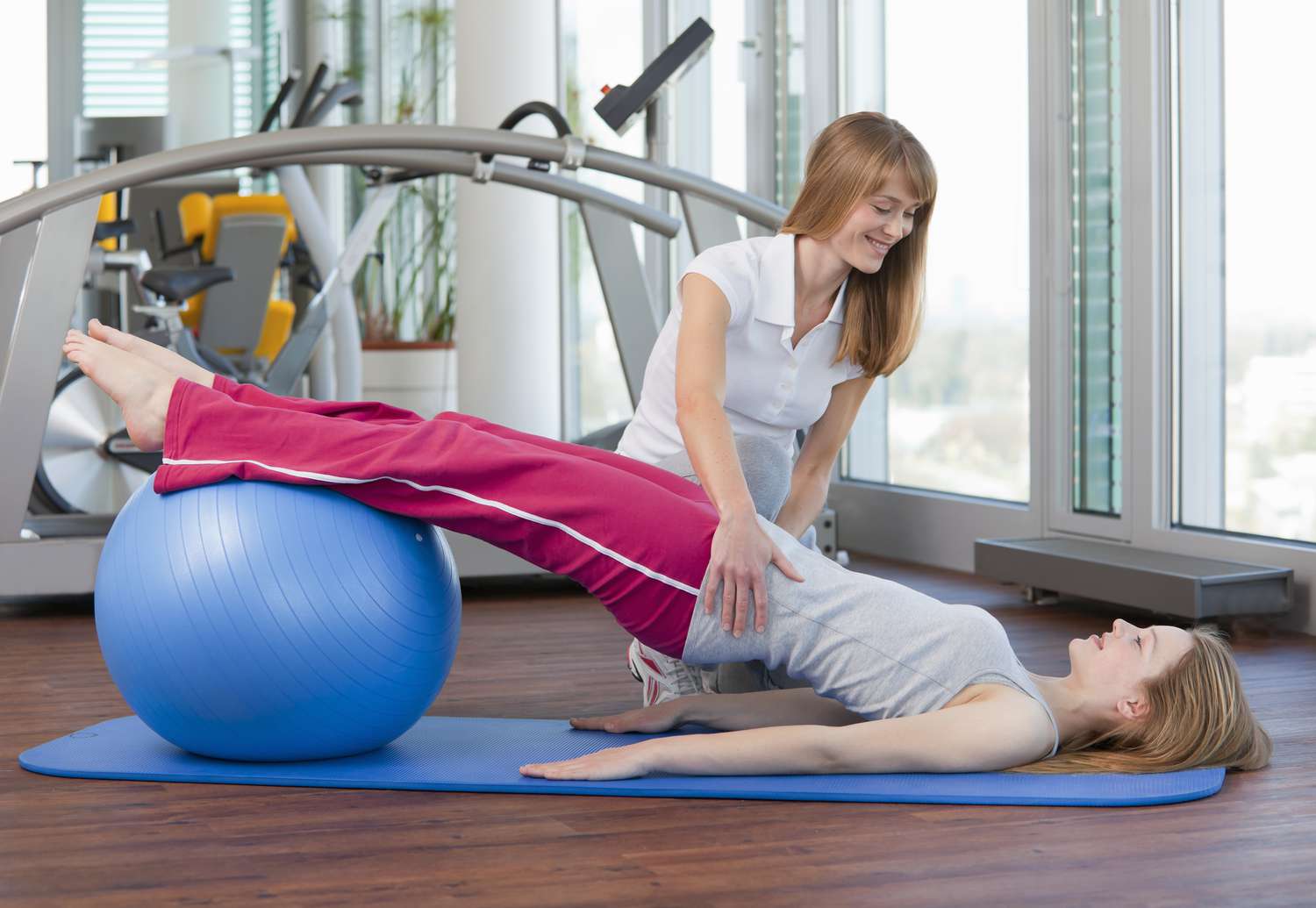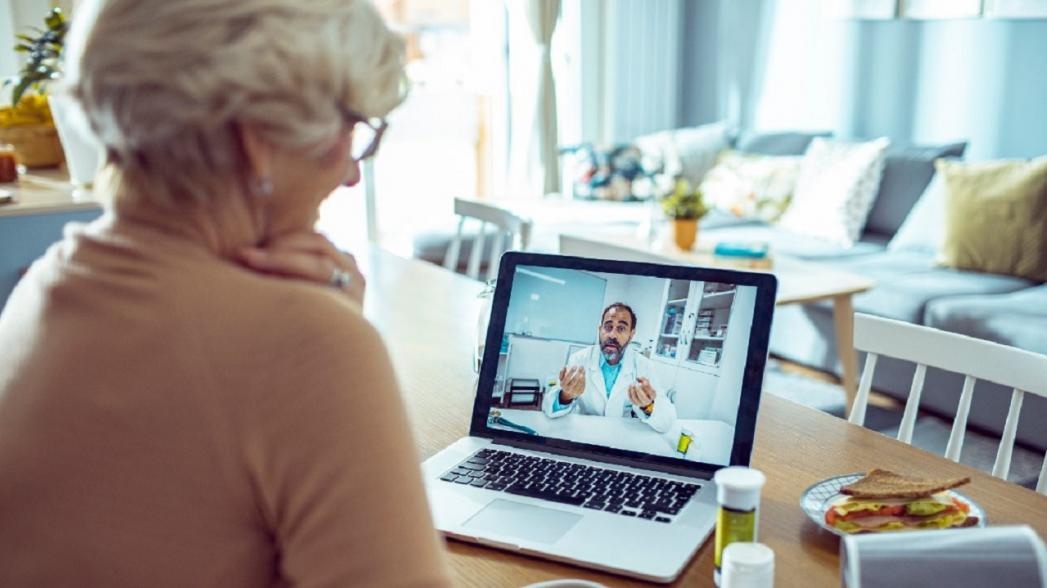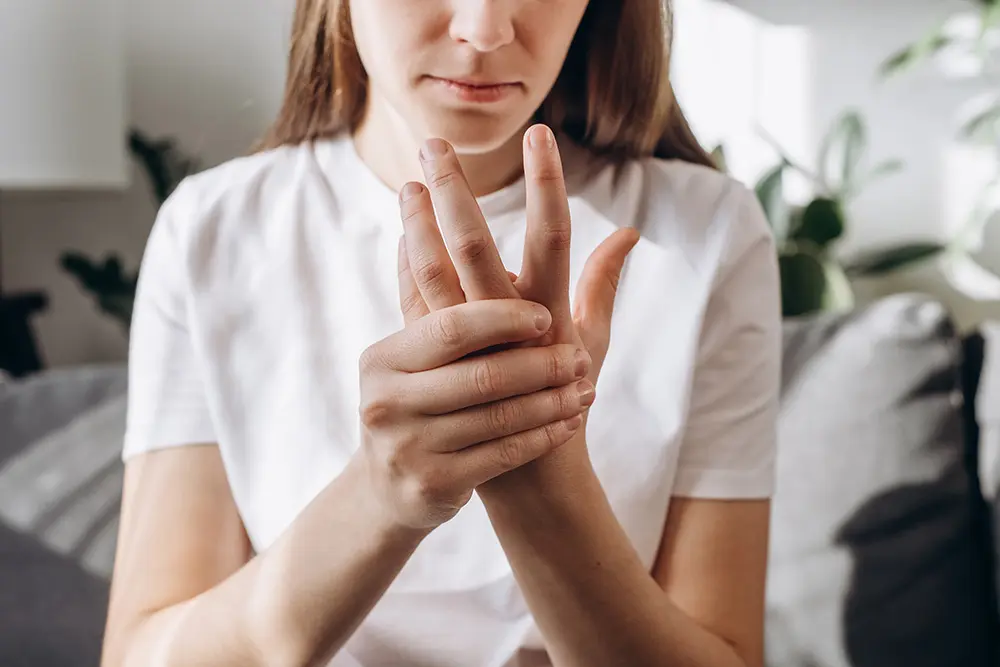Introduction:
As we age, our homes can become a haven or a hazard. Falls, fires, and other accidents can be devastating for seniors, leading to injuries, hospitalizations, and even fatalities. However, with some simple modifications and precautions, seniors can ensure their homes remain a safe and comfortable place to live. In this post, we’ll explore the importance of home safety for seniors and provide practical tips for creating a secure and supportive living environment.
Common Home Safety Hazards for Seniors:
- Falls: Tripping hazards, slippery floors, and uneven surfaces can lead to falls and injuries.
- Fires: Kitchen fires, electrical hazards, and unattended candles can be deadly.
- Medication mismanagement: Incorrect medication use, dosing errors, and expired medications can be hazardous.
- Social isolation: Lack of social interaction can exacerbate mental and physical health issues.
Home Safety Tips for Seniors:
- Conduct a home safety assessment: Identify potential hazards and take corrective action.
- Install handrails and grab bars: Provide support and balance assistance in key areas, such as stairs and bathrooms.
- Improve lighting: Brighten up living areas, hallways, and stairs to reduce tripping hazards.
- Secure rugs and mats: Use non-slip backing or double-sided tape to prevent slipping and falling.
- Store medications safely: Use a pill box, medication calendar, or automated pill dispenser to manage medications.
- Stay connected: Regularly check in with family, friends, and neighbors to combat social isolation.
- Prepare for emergencies: Create an emergency kit, keep important phone numbers handy, and have a plan for natural disasters.
Technology and Home Safety:
- Medical alert systems: Wearable devices or in-home systems that alert emergency services in case of a fall or other emergency.
- Smart home devices: Voice-controlled assistants, smart thermostats, and automated lighting can enhance safety and convenience.
- Home security systems: Install security cameras, door and window sensors, and alarm systems to deter intruders.
Additional Resources:
- National Council on Aging (NCOA): Offers resources, guides, and webinars on home safety, fall prevention, and healthy aging.
- AARP Home and Community: Provides information, tools, and resources on home safety, caregiving, and community living.
- Local Area Agencies on Aging (AAAs): Connects seniors with local resources, services, and support for home safety and healthy aging.
Conclusion:
Home safety is a critical aspect of healthy aging. By identifying potential hazards, taking corrective action, and leveraging technology, seniors can create a safe and supportive living environment. Remember, safety is a top priority, and with the right precautions, seniors can maintain their independence and quality of life.
If you’re a senior or caregiver looking for home safety guidance, resources, or support, contact Great Care Provider today. Our team is dedicated to providing personalized assistance and connecting you with local resources to ensure a safe and healthy living environment.





